Major space mission launches to watch for in 2025 and beyond
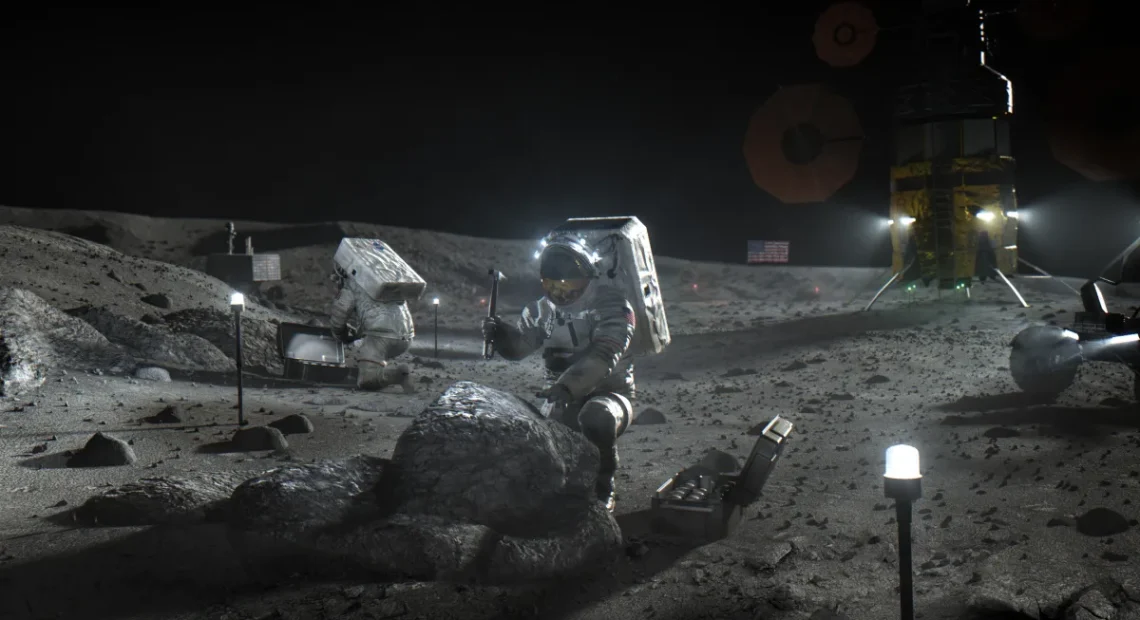
Involving NASA, ESA and private players
2025 is poised to be a pivotal moment in humanity’s quest to explore beyond Earth’s confines, with an array of ambitious missions and groundbreaking projects set to unfold.
Space agencies and private companies worldwide are preparing for high-profile launches that could redefine our understanding of the cosmos. These upcoming missions highlight a growing trend of international collaboration and private sector involvement in space exploration. Each initiative brings unique capabilities and innovations, contributing to the collective effort to expand humanity’s presence beyond Earth.
Here are seven of the most significant space launch missions scheduled for 2025:
NASA’s Artemis III mission
Following two Artemis test missions, including Artemis II in September 2025, NASA’s Artemis III mission is among the most eagerly anticipated events in 2026. This landmark mission will return humans to the lunar surface for the first time since the final Apollo mission in 1972.
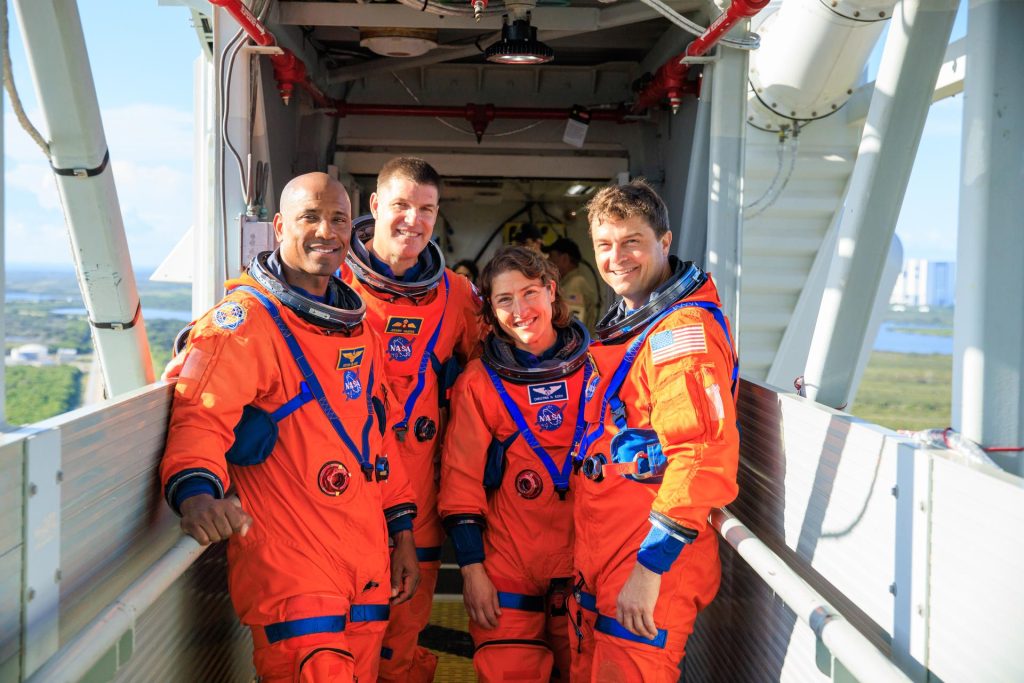
Unlike previous NASA lunar landings, Artemis III will focus on the unexplored region near the lunar South Pole, where scientists believe water ice may be present. The mission’s objectives extend beyond lunar exploration; it will test new technologies crucial for future missions to Mars, setting the stage for humanity’s eventual journey to the Red Planet.
SpaceX’s Starship ventures
SpaceX continues to make waves with its Starship spacecraft – the biggest and most powerful rocket the world has ever known – pushing the boundaries of space travel. In 2025, Elon Musk’s SpaceX plans to execute several critical Starship missions, including possibly an uncrewed cargo mission to Mars.
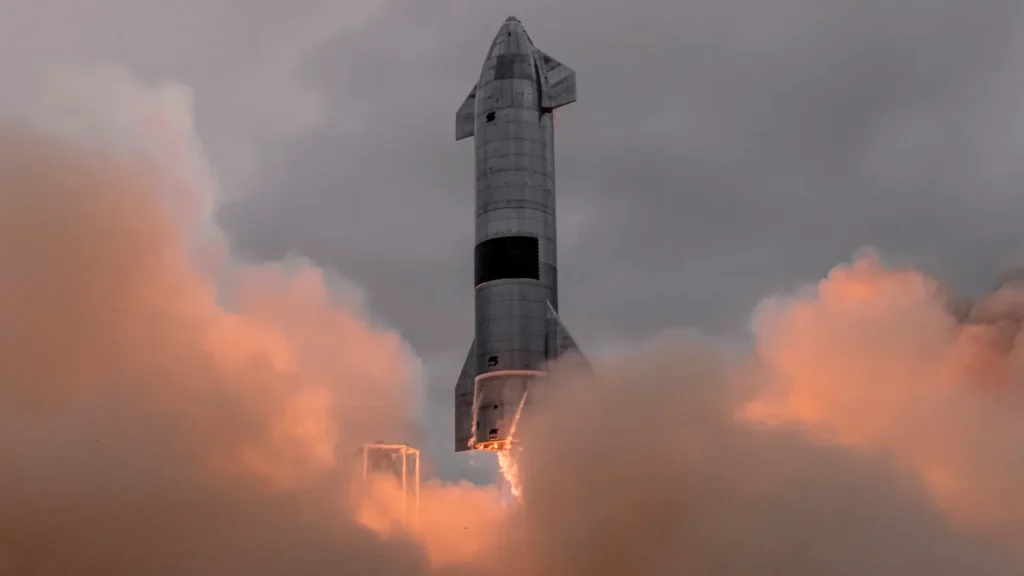
This mission aims to validate the Starship system’s capabilities for interplanetary travel, laying essential groundwork for future Mars missions with human astronauts. Additionally, SpaceX will be involved in lunar operations as part of NASA’s Artemis programme, with the potential for significant milestones in this collaboration expected during the year.
China’s lunar exploration mission
C, has ambitious plans for 2025, building on the successes of its Chang’e missions. The Chang’e 7 lunar lander mission will carry six international scientific instruments and focus on exploring the lunar South Pole and conducting detailed surface and subsurface investigations.
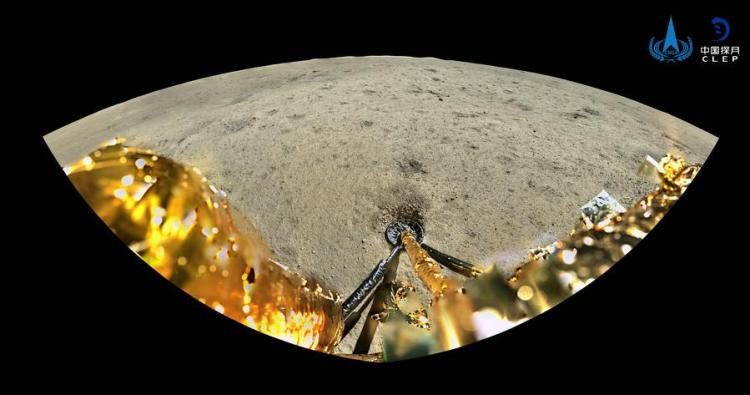
The Chang’e-8 probe will launch in 2028 to conduct lunar resource utilisation experiments. Along with Chang’e-7, it will constitute the basic model of an international lunar research station by 2035.
In addition to lunar exploration, CNSA is expected to advance its Mars exploration efforts with new missions that could build on the achievements of the Tianwen-1 mission, which included an orbiter, lander, and rover.
India’s Gaganyaan mission
The Indian Space Research Organisation (ISRO) is set to achieve a historic milestone with the Gaganyaan mission, India’s first human-crewed spaceflight. Scheduled for late 2025, this mission aims to send Indian astronauts, or vyomanauts, into low Earth orbit for three days.
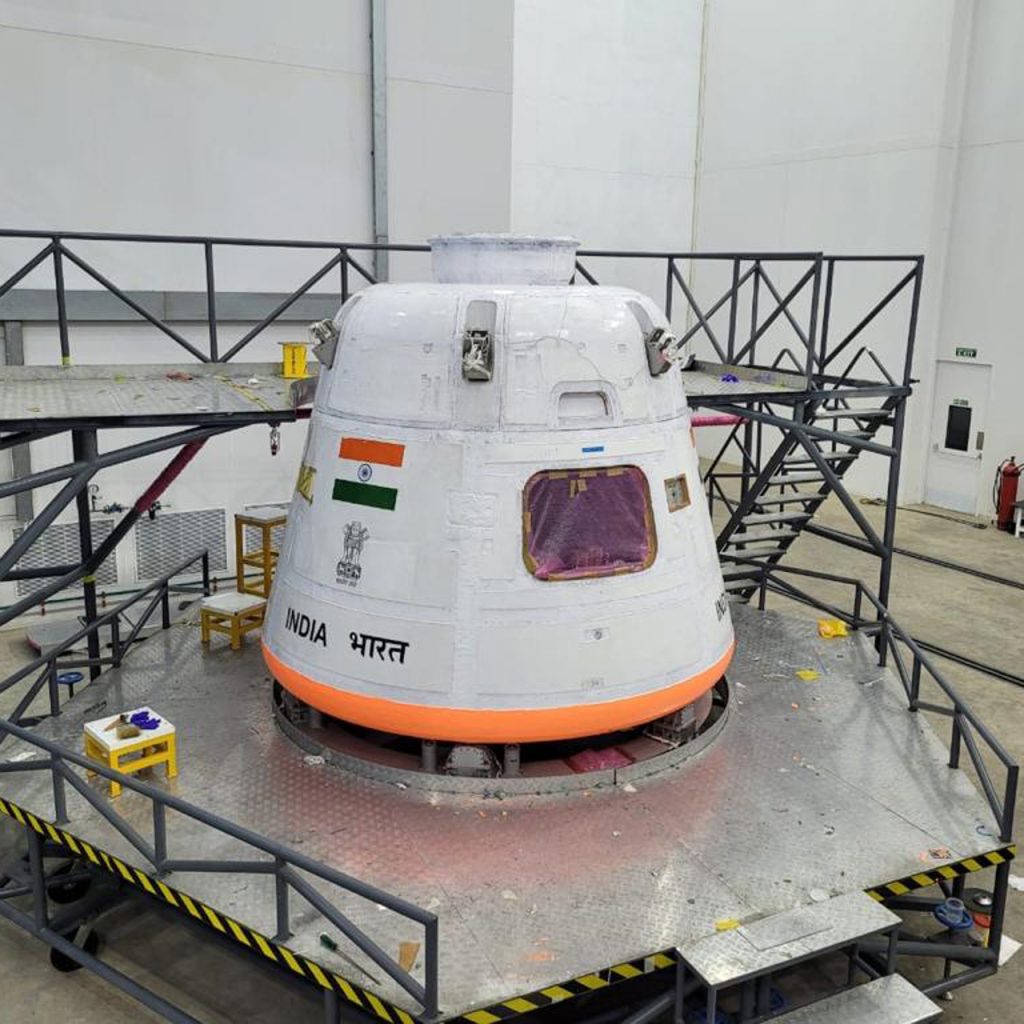
The successful execution of Gaganyaan will mark a significant advancement for India’s space programme, demonstrating its capability to conduct human spaceflight and paving the way for future interplanetary missions.
Blue Origin’s Orbital Reef mission
Jeff Bezos’ Blue Origin is making strides with its Orbital Reef project, an ambitious commercial space station intended to function as a mixed-use business park in space.
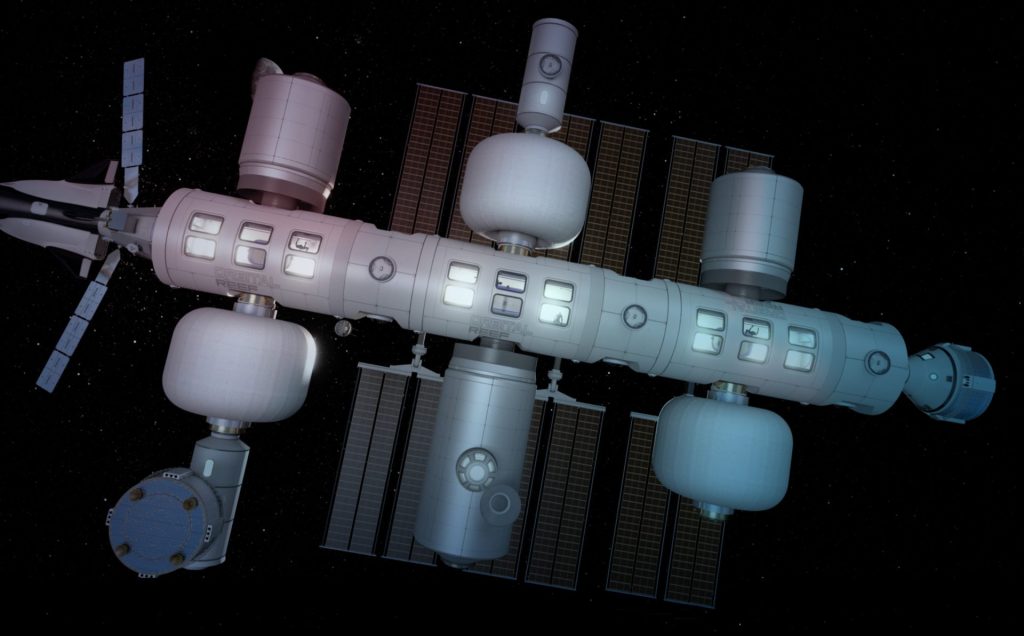
While the complete station will not be operational by 2025, significant progress is expected, including the launch of critical modules. Orbital Reef aims to offer a versatile and sustainable environment for commercial, research, and tourism activities in low Earth orbit.
Rocket Lab’s Venus mission
Rocket Lab, known for its small satellite launches, is venturing into interplanetary exploration with a planned mission to Venus in 2025. This mission aims to deploy a small probe to study Venus’ atmosphere and search for signs of life, particularly in the planet’s upper cloud layers where conditions might be more favourable.
The inaugural Farnborough International Space Show will provide an excellent platform for discussing these transformative space missions with the global community.
The event, scheduled to take place from March 19-20, 2025, in Hampshire, UK, will bring together key players from the space industry, academia, and government, offering a glimpse into the future of space exploration.
ESA’s ExoMars Rover mission
The European Space Agency (ESA) aims to launch the ExoMars Rover Rosalind Franklin in 2028 in partnership with NASA. This mission is designed to search for signs of past life on Mars and investigate the planet’s historical water activity.
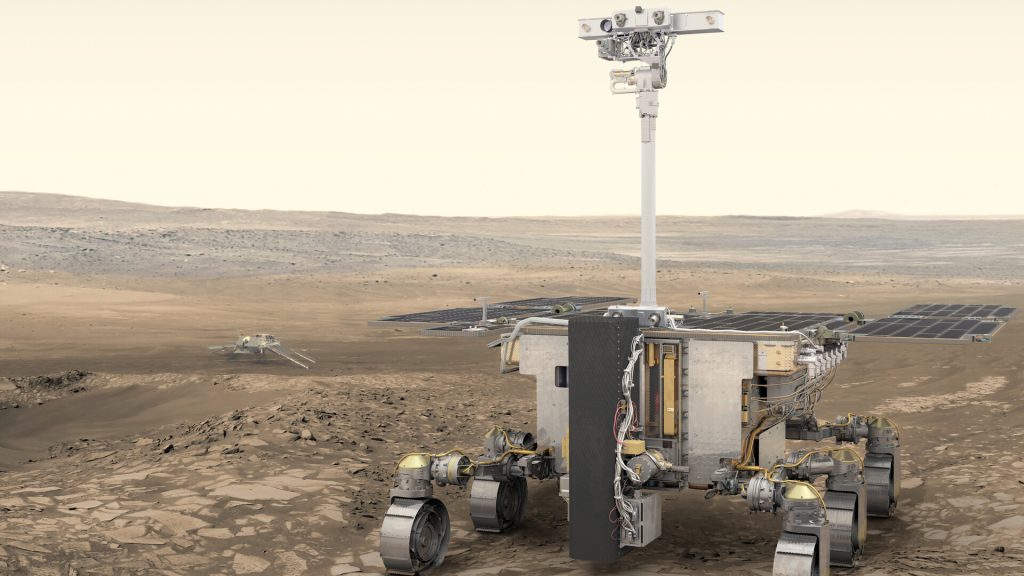
Equipped with a drill that reaches two metres below the Martian surface, the rover will explore potential biosignatures preserved in the ancient Martian soil, advancing our understanding of Mars’ geological and biological history.
Featured image: NASA’s Artemis III mission aims to put astronauts on the lunar surface in September 2026. Credit: NASA












